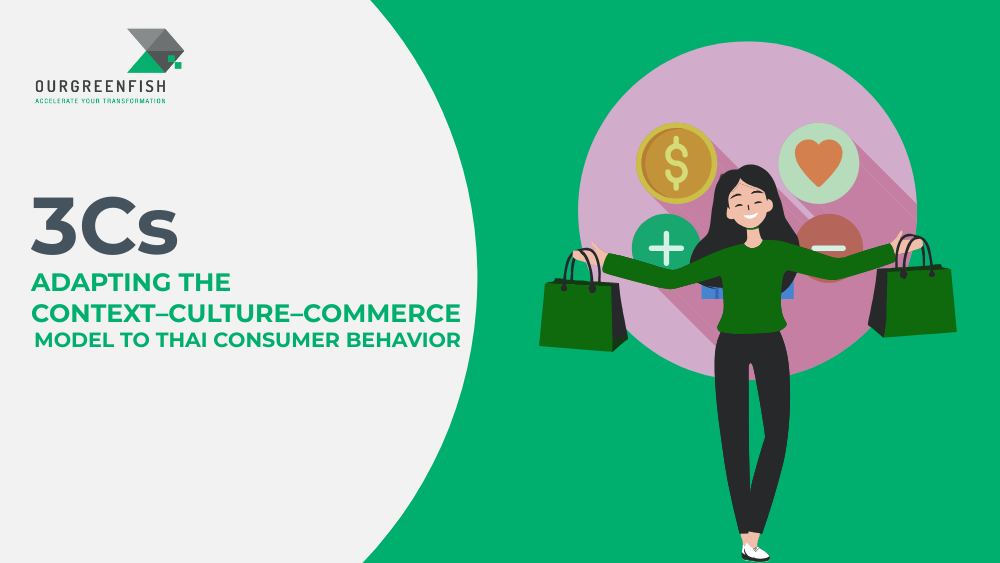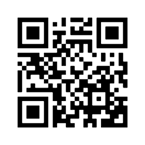You’re probably familiar with the word “Crisis”—something temporary, something that eventually passes. But the business world has changed. We’re now living in what many call the “SNAFU Era”—a slang term short for “Situation Normal, All Fucked Up.”
In other words, chaos has become the new normal.
The key word here isn’t “fucked up.” It’s “situation normal.”
This means uncertainty is no longer an exception—it’s the default state of business.
The beautifully crafted 5-year marketing plans of the past no longer hold up.
What brands need today isn’t a fixed plan, but a flexible map—a living plan that evolves in real time.
 What Is Resilience Marketing?
What Is Resilience Marketing?
Resilience Marketing is about building organizational immunity.
It’s not traditional crisis management—which reacts only when things go wrong.
It’s a proactive system that helps a business absorb shocks, maintain operations, and adapt effectively to constant change.
Businesses that practice Resilience Marketing don’t just survive.
They recover faster—and often grow stronger than before the crisis even began.
8 Traits of the Resilient Marketer
A great playbook is useless without the right people to execute it.
In the SNAFU era, modern marketers need these eight essential traits:
- Be Agile (Adaptability) – Agility isn’t just about speed; it’s the ability to pivot strategies in real time, guided by new data and insights.
- Be Resilient (Bounce Back Fast) – Adopt a growth mindset. See failure as feedback, and rebound quickly from mistakes.
- Be Informed (Data-Driven) – Intuition alone no longer suffices. Data must guide decisions in a volatile world.
- Be Meaningful (Purpose-Led) – Consumers today seek emotional anchoring, not just discounts. A brand with a clear purpose earns trust that endures beyond price wars.
- Be Distinctive (Consistent Identity) – While tactics may change, brand assets—like logos, tone, and color—must stay consistent to strengthen recognition and memory.
- Be Human (Empathetic) – Balance data with empathy. Use analytics to understand what customers do, and empathy to understand why.
- Be Authentic (Transparent & Genuine) – In an AI-generated world, trust is your most valuable currency. Transparency and honesty will make your brand stand out.
- Be Focused & Opportunistic (Clarity + Agility) – Stay true to long-term goals while spotting short-term opportunities hidden within every crisis.
How to Build a Resilience Marketing Playbook
A Resilience Marketing Playbook is a living document—continuously updated and refined.
Building one involves three key phases:
1. Pre-Crisis (Preparation)
This is the most important phase—where resilience is built before trouble starts.
- Risk Assessment & Scenario Planning: Don’t wait for crises to happen. Ask “what if?”
→ What if customer data is leaked?
→ What if the supply chain collapses?
→ What if fake news attacks the brand? - Build Teams & Tools: Appoint a Crisis Response Team and prepare communication templates—such as apology statements—before you need them.
2. Crisis (Response)
When a crisis strikes, speed and control matter most.
Effective communication should follow four key principles:
- Facts: Share only verified, factual information—no speculation.
- Accountability: Take responsibility for customer impact, even if the cause isn’t directly your fault.
- Consistency: Deliver a uniform message across all channels.
- Empathy: Show genuine understanding and compassion for those affected.
3. Post-Crisis & Adaptation (Recovery & Learning)
A crisis truly ends only when the organization learns from it.
Analyze what worked and what didn’t.
Update your playbook accordingly, so your brand is even better prepared next time.
Marketing Checklist for 2026
Once you have a flexible playbook, your 2026 marketing plan should align with these key trends:
- From Control to Co-Creation:
Move from controlling brand messages to co-creating with creators and customers.
Creators will become core channels, not just add-ons. - Adapting to a Shrinking Middle Market:
Economic polarization is eliminating the “middle.”
Brands must choose sides—either premium (selling experiences) or budget (selling value). - Strategic AI Integration:
Instead of banning “Shadow AI,” build a corporate AI ecosystem that governs, empowers, and enhances internal usage safely and effectively. - Full-Funnel Measurement:
Stop evaluating channels in isolation.
Adopt a Full-Funnel Portfolio approach to understand true marketing impact across all touchpoints. - Building Micro-Communities:
In a hyper-digital world, real-world connections—like coffee meetups or book clubs—will become powerful loyalty drivers.
The Future Belongs to the Resilient
In this SNAFU world, marketers can no longer control every external factor.
Those who cling to rigid, one-size-fits-all marketing plans will fall behind.
But resilient marketers—those who embrace uncertainty, adapt quickly, and learn continuously—will always find a way forward.
Reference : Everydaymarketing. (2025). 8 Digital Marketing Trends 2026: Opening a new era from Control to Co-creation. Retrieved from https://everydaymarketing.co/marketing-trends/8-digital-marketing-trends-2026-opening-a-new-era-from-control-to-co-creation/
Read more articles : What is Digital Disruption and how does it relate to business? (Digital Disruption คืออะไร เกี่ยวข้องอย่างไรกับการทำธุรกิจ)
ติดต่อเรา
โทร: +66 2-0268918
อีเมล: contact@ourgreen.co.th
เว็บไซต์: ourgreenfish.com

.webp?width=158&height=85&name=New-logo-Ourgreen%20(1).webp)

.png)















No Comments